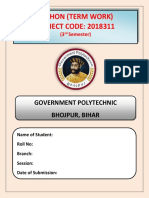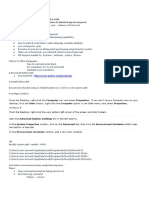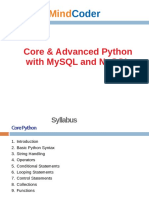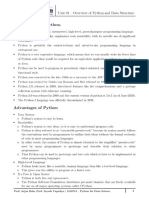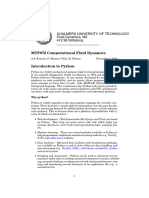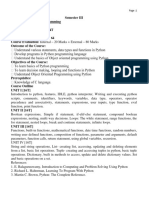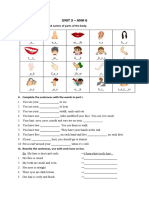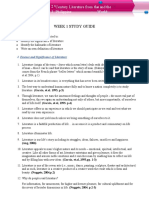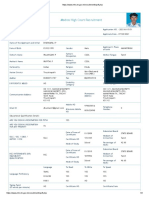0% found this document useful (0 votes)
14 views11 pagesProgramming Basics
Python is a high-level, interpreted programming language known for its readability, versatility, and dynamic typing. It has evolved through several versions since its creation in 1991, with Python 3.x being the current version that includes significant improvements. Python is widely used in various fields such as web development, data science, and automation, and it supports a rich ecosystem of libraries and frameworks.
Uploaded by
DINESHCopyright
© © All Rights Reserved
We take content rights seriously. If you suspect this is your content, claim it here.
Available Formats
Download as DOCX, PDF, TXT or read online on Scribd
0% found this document useful (0 votes)
14 views11 pagesProgramming Basics
Python is a high-level, interpreted programming language known for its readability, versatility, and dynamic typing. It has evolved through several versions since its creation in 1991, with Python 3.x being the current version that includes significant improvements. Python is widely used in various fields such as web development, data science, and automation, and it supports a rich ecosystem of libraries and frameworks.
Uploaded by
DINESHCopyright
© © All Rights Reserved
We take content rights seriously. If you suspect this is your content, claim it here.
Available Formats
Download as DOCX, PDF, TXT or read online on Scribd
/ 11


